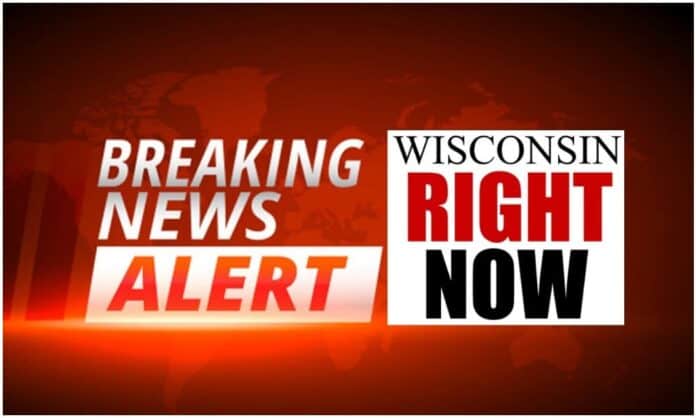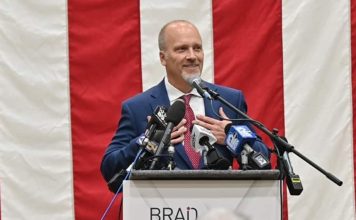It has not been a walk in the park.
As a local government reporter, I watch a lot of public meetings – from city councils and county boards, to criminal intake hearings and public listening sessions, to basically everything in between.
Other meetings are hard to understand because of the cluster of screens, voices or background noise coming from unmuted mics. Often it’s unclear who cast which vote on an item.
Many meetings have cut-out mid-livestream, with those in the meeting carrying on anyway, essentially operating behind closed doors for several minutes or longer.
I recently wanted to tune in to an important meeting, but could not find the streaming information anywhere, even though the agenda told me the meeting was open to the public through Zoom.
Some meetings have mistakenly been posted under an incorrect streaming link, and one meeting required me to download a new program that crashed my computer several times.
“It’s usually a long meeting,” they wrote. (Eventually, they gave me the info and I joined and watched the very long meeting – which is my right.)
I emailed someone for the login information, and was discouraged from attending.
There are some public bodies who do a phenomenal job, taking roll-call votes for every action item, or streaming meetings live to platforms like YouTube or Facebook that store the videos for later viewing.
Early on in the pandemic, the Wisconsin Department of Justice laid out guidance for making sure virtual meetings comply with the state’s Open Meetings Law. It calls for providing alternatives to those without internet access or who are hearing-impaired, and it encourages officials not to speak over each other and to identify themselves each time they speak.
But there’s still much more that can and should be done.
{facebook_url}
Olivia Herken | Your Right to Know
Go to Source
Reposted with permission














![WATCH: Elon Musk Town Hall Rally in Green Bay [FULL Video]](https://www.wisconsinrightnow.com/wp-content/uploads/2022/04/Elon_Musk_3018710552-356x220.jpg)



![The Wisconsin DOJ’s ‘Unlawful’ Lawman [WRN Voices] josh kaul](https://www.wisconsinrightnow.com/wp-content/uploads/2025/03/MixCollage-29-Mar-2025-08-48-PM-2468-356x220.jpg)















